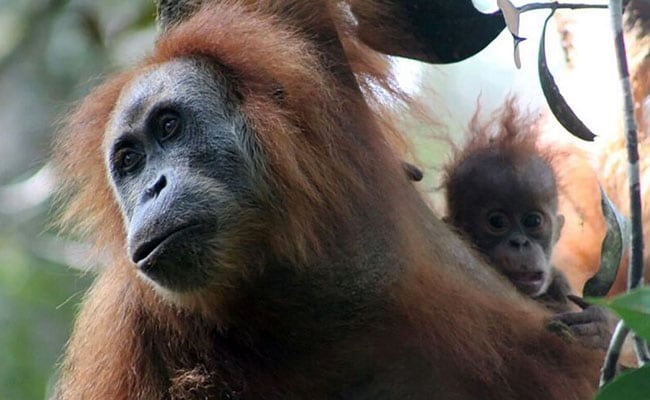Here's what we know:
Europe and Central Asia
- Soil erosion has affected 25 percent of agricultural land in the European Union, and 23 percent in Central Asia.
- Availability of clean drinking water has decreased by 15 percent per person since 1990.
- More than a quarter of marine fish species have declining populations.
- 42 percent of known terrestrial animal and plant species have declined in population size over the last decade.
Americas
- With 13 percent of the world's population, the region accounts for about a quarter of the total impact on global biodiversity.
- Just under a quarter of species assessed are at risk of extinction.
- Species populations -- already 31 percent smaller than when the first European settlers arrived -- will have shrunk by about 40 percent by 2050.
Africa
- Climate change could result in the loss of more than half of Africa's birds and mammals by 2100.
- About 500,000 square kilometers (193,000 square miles) of soil has been degraded by forest destruction, unsustainable farming, erosion, illegal mining, climate change and invasive species.
- More than 60 percent of the continent's rural population depends on Nature for their survival. About a quarter of sub-Saharan Africa's 930 million inhabitants suffer for a lack of food.
- African elephant numbers dropped to 415,000 in 2016, down about 111,000 over 10 years.
Asia-Pacific
- Unless something is done, fish stocks will run out by 2048.
- Up to 90 percent of corals will be severely degraded by 2050 as a result of climate change.
- As much as 45 percent of biodiversity could be lost by 2050.
- Globally -
- Two species of vertebrates, animals with a backbone, have gone extinct every year, on average, for the past century.
- Scientists say Earth is undergoing a "mass extinction event," the first since the dinosaurs disappeared about 65 million years ago, and only the sixth in the last half-billion years.
- About 41 percent of amphibian species and more than a quarter of mammals are threatened with extinction.
- The global populations of 3,706 monitored vertebrate species -- fish, birds, mammals, amphibians, and reptiles -- declined by nearly 60 percent from 1970 to 2012.
- 25,821 plant and animal species of 91,523 assessed for the 2017 "Red List" update were classified as "threatened".
- Of these, 5,583 were "critically" endangered.
- There are an estimated 8.7 million plant and animal species on our planet. This means about 86 percent of land species and 91 percent of sea species remain undiscovered.
Comments
SOURCES: IPBES, WWF Living Planet Report, IUCN Red List, PLoS Biology, Proceedings of the National Academy of Sciences, CBD, UNEP.(This story has not been edited by NDTV staff and is auto-generated from a syndicated feed.)













